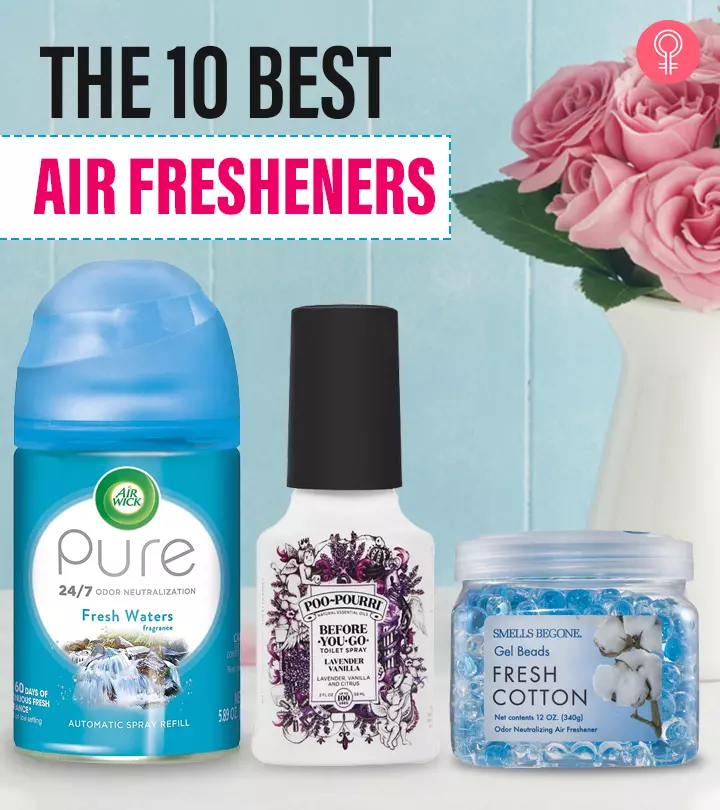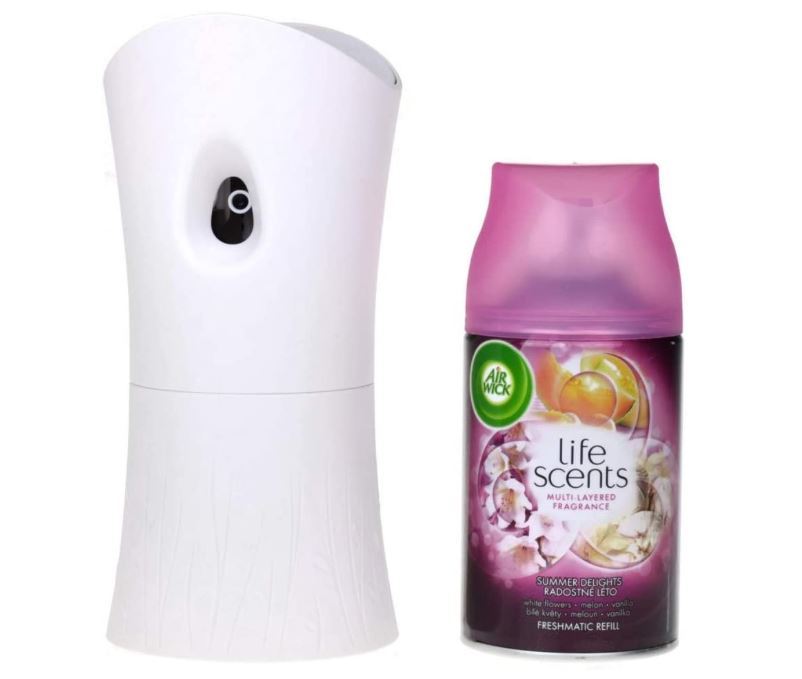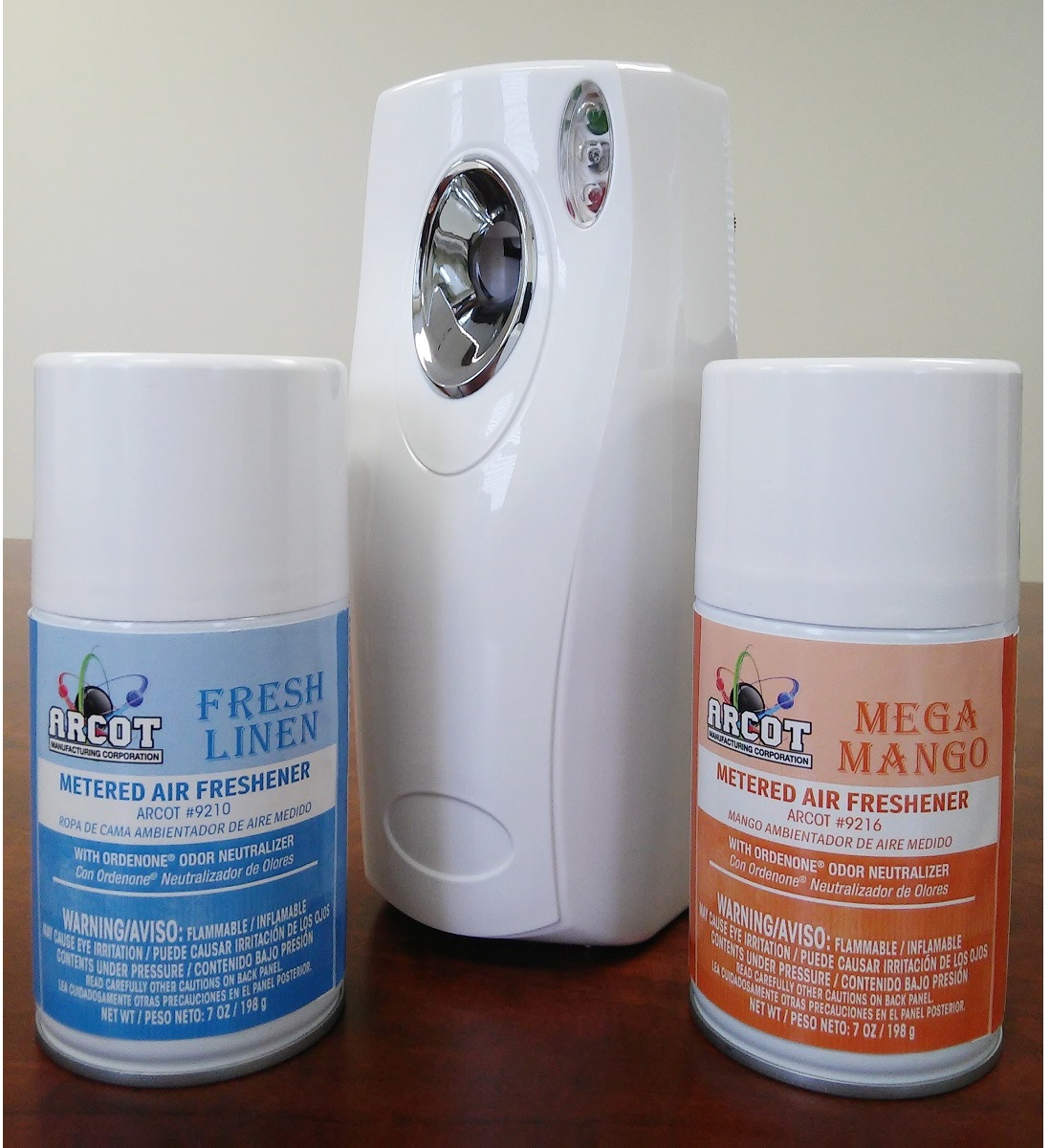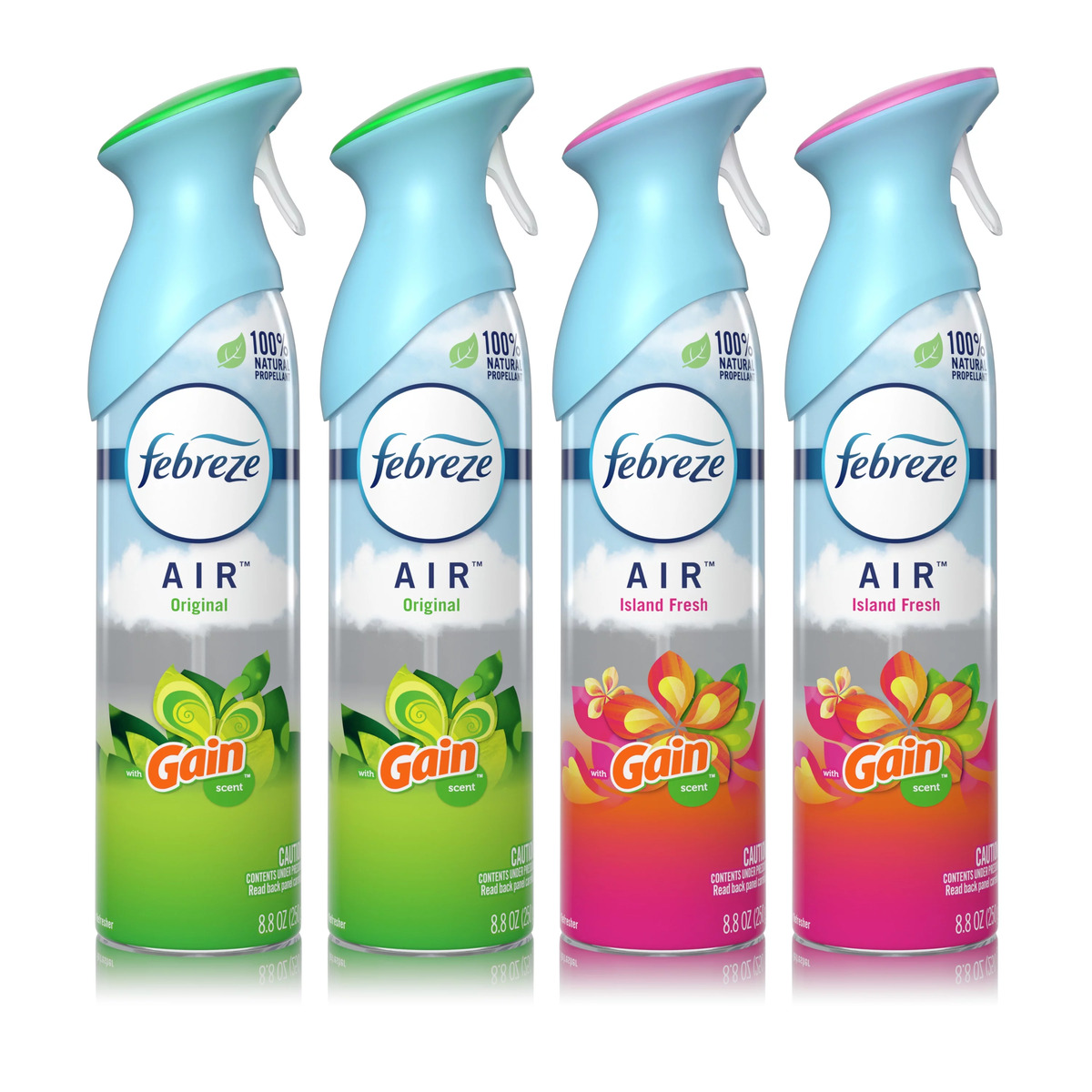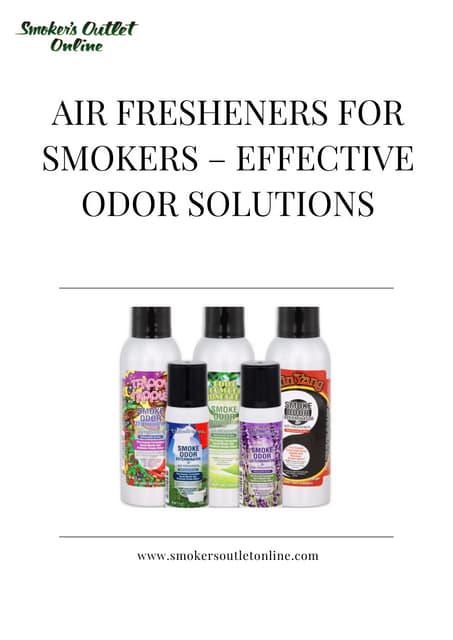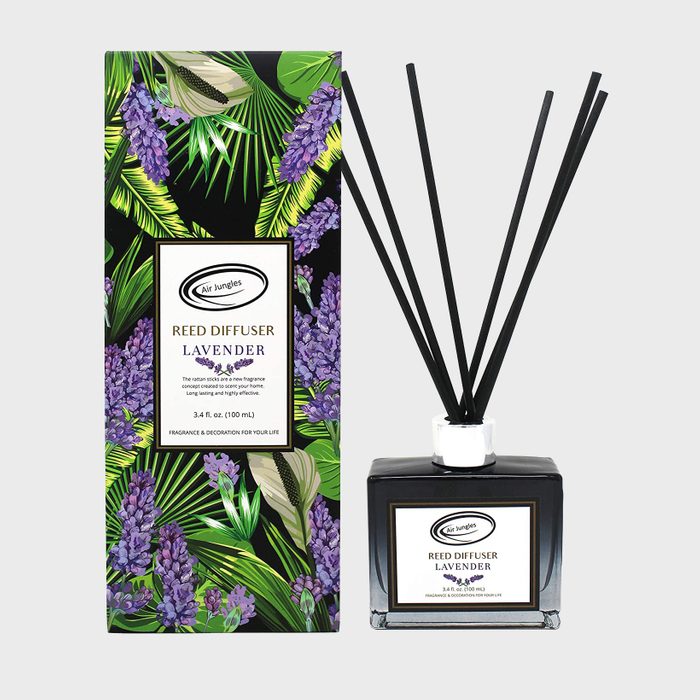What Is The Most Effective Air Freshener
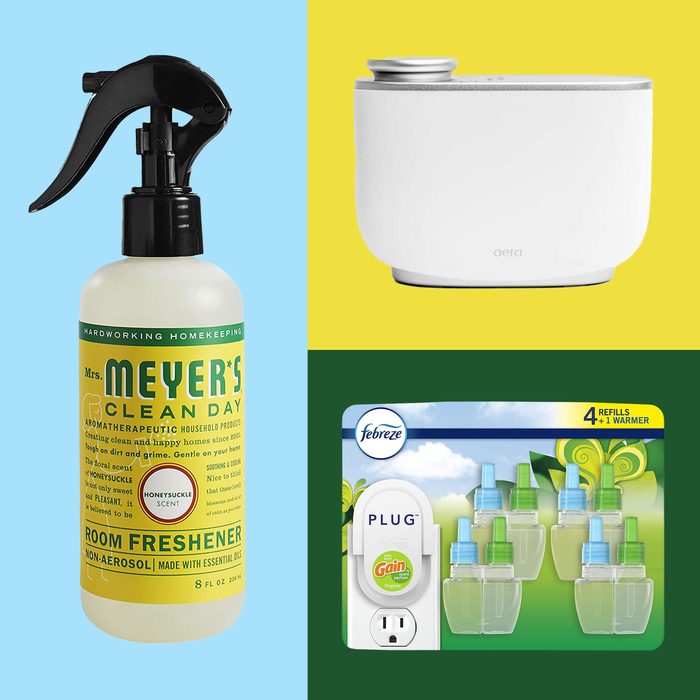
The quest for a pleasant-smelling home is a universal desire, driving a multi-billion dollar air freshener industry. But behind the fragrant promises lies a complex web of efficacy claims, health concerns, and environmental impact. Which air freshener truly reigns supreme, and at what cost?
This article dives deep into the science and user experiences surrounding various air freshener types. We examine their effectiveness in neutralizing odors, the potential health risks they pose, and their environmental footprint. Our aim is to provide a balanced perspective, empowering consumers to make informed choices about the air fresheners they bring into their homes.
The Scent Showdown: Types and Technologies
Air fresheners come in various forms, each employing different mechanisms to disperse fragrance. Aerosol sprays offer immediate bursts of scent, while plug-in diffusers provide continuous fragrance release. Gel air fresheners slowly evaporate, and reed diffusers use reeds to draw scented oil up and release it into the air.
Some products mask odors, while others claim to neutralize them. Neutralization often involves chemical reactions that alter the odor molecules, making them less perceptible.
Aerosol Sprays: Convenience vs. Concerns
Aerosol sprays are popular for their ease of use and immediate impact. However, they often contain volatile organic compounds (VOCs) and propellants that can contribute to indoor air pollution.
The Environmental Protection Agency (EPA) has raised concerns about the potential health effects of VOCs, including respiratory irritation and headaches. Choosing aerosols with low-VOC formulations is crucial.
Plug-in Diffusers: Constant Fragrance, Constant Exposure
Plug-in diffusers offer continuous fragrance, but this constant exposure can also be a drawback. Some studies suggest that prolonged exposure to certain fragrance chemicals can trigger allergic reactions or asthma symptoms.
It's essential to select diffusers with adjustable fragrance intensity and to ensure adequate ventilation in the room. Consider using them in short bursts rather than continuously.
Gel and Reed Diffusers: Passive Scenting
Gel and reed diffusers provide a more passive approach to air freshening. They release fragrance gradually, reducing the intensity of exposure compared to aerosols and plug-ins.
However, they may not be as effective in neutralizing strong odors and the fragrance intensity can be inconsistent. The longevity of these types depends on environmental factors such as temperature and humidity.
Beyond the Fragrance: Health and Environmental Impacts
The primary concern surrounding air fresheners revolves around the chemicals they release into the air. Some fragrance ingredients, like phthalates and formaldehyde, have been linked to endocrine disruption and respiratory problems.
Moreover, the production and disposal of air freshener packaging contribute to environmental pollution. Single-use plastic containers and aerosol cans pose significant waste management challenges.
"Consumers should be aware of the potential health and environmental impacts associated with air fresheners," says Dr. Emily Carter, an environmental health specialist. "Prioritizing natural alternatives and proper ventilation can minimize risks."
The Natural Alternative: A Breath of Fresh Air?
Increasingly, consumers are turning to natural air freshening solutions. These include essential oil diffusers, baking soda, and activated charcoal.
Essential oil diffusers disperse natural fragrances without the harmful chemicals found in conventional air fresheners. Baking soda absorbs odors, while activated charcoal traps and neutralizes them.
These alternatives are often more environmentally friendly and pose fewer health risks. However, the effectiveness of natural solutions can vary depending on the type and concentration of odors.
The Verdict: Choosing Wisely
The "most effective" air freshener is subjective and depends on individual needs and priorities. Aerosols provide immediate results, while plug-ins offer continuous fragrance.
However, both raise concerns about potential health and environmental impacts. Natural alternatives offer a safer and more sustainable option, although their effectiveness may be limited in some cases.
Ultimately, the best approach involves minimizing the need for air fresheners altogether. Regular cleaning, proper ventilation, and addressing the source of odors are crucial steps.
Looking Ahead: Sustainable Scents
The air freshener industry is evolving, with a growing emphasis on sustainable and non-toxic products. Manufacturers are exploring plant-based fragrances and biodegradable packaging.
Increased consumer awareness and stricter regulations are driving this shift towards safer and more environmentally responsible solutions. By making informed choices, consumers can enjoy a pleasant-smelling home without compromising their health or the planet.

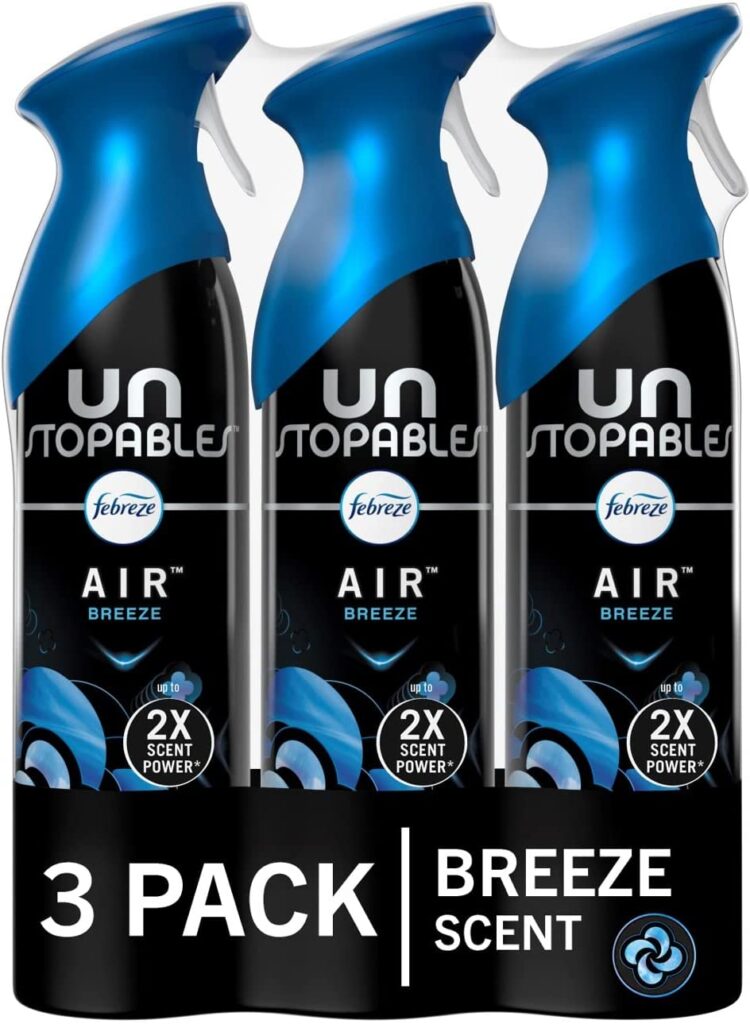
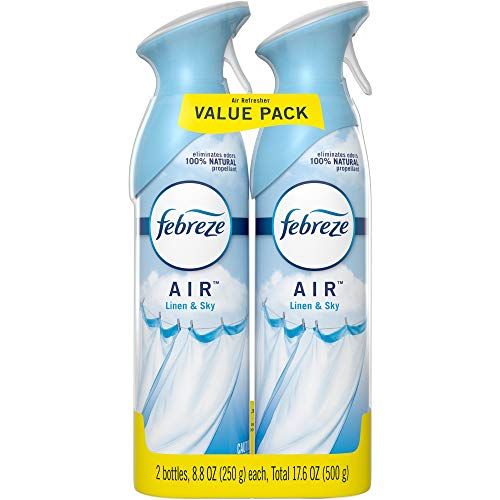
:max_bytes(150000):strip_icc()/mrsmeyersbestairfresheners-e1a397e542374923b4499e012a03146a.jpg)
